Stunning art teacher CV examples for this year
Secure your dream art teacher career in with our CV examples and follow our tips to showcase your impressive skills and experience.
Secure your dream art teacher career in with our CV examples and follow our tips to showcase your impressive skills and experience.
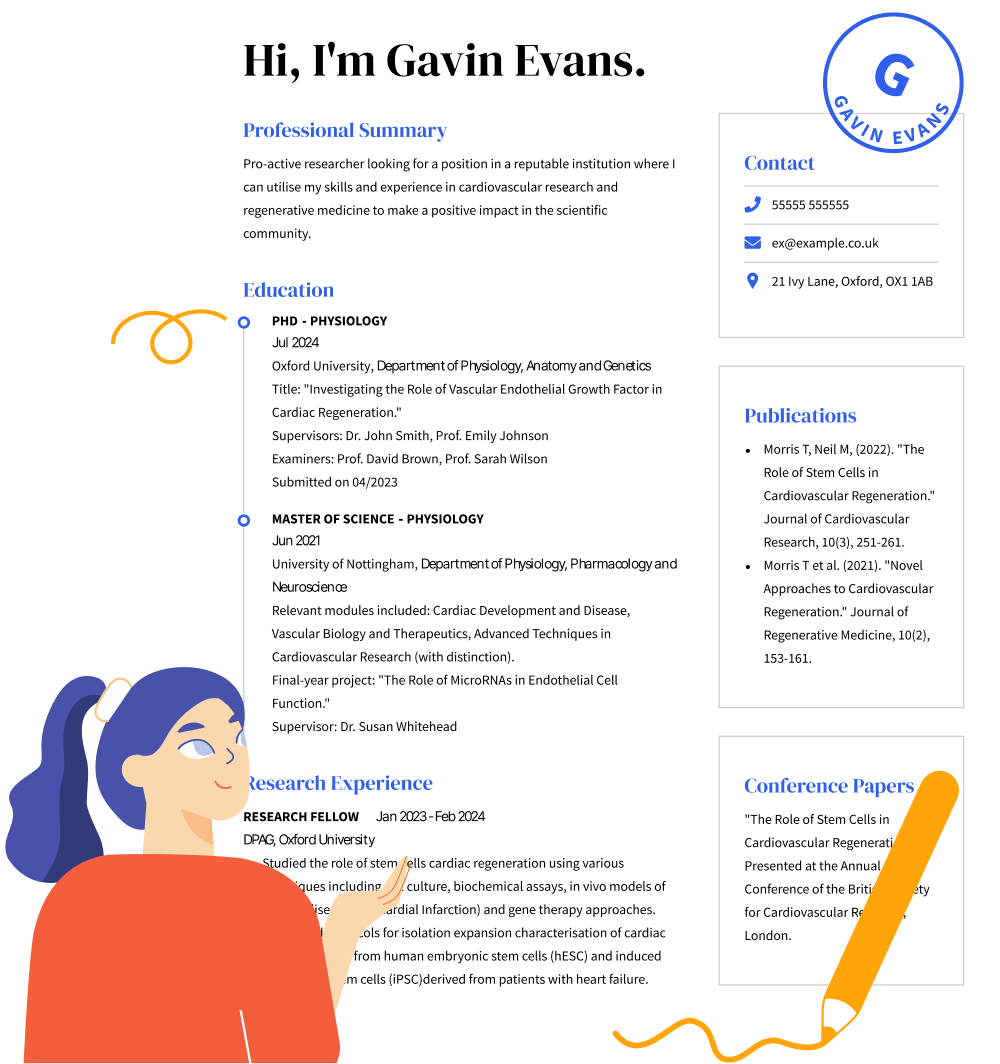
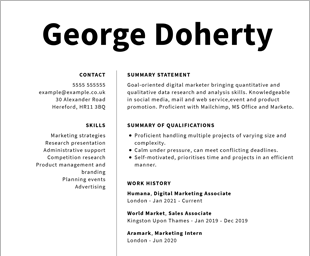
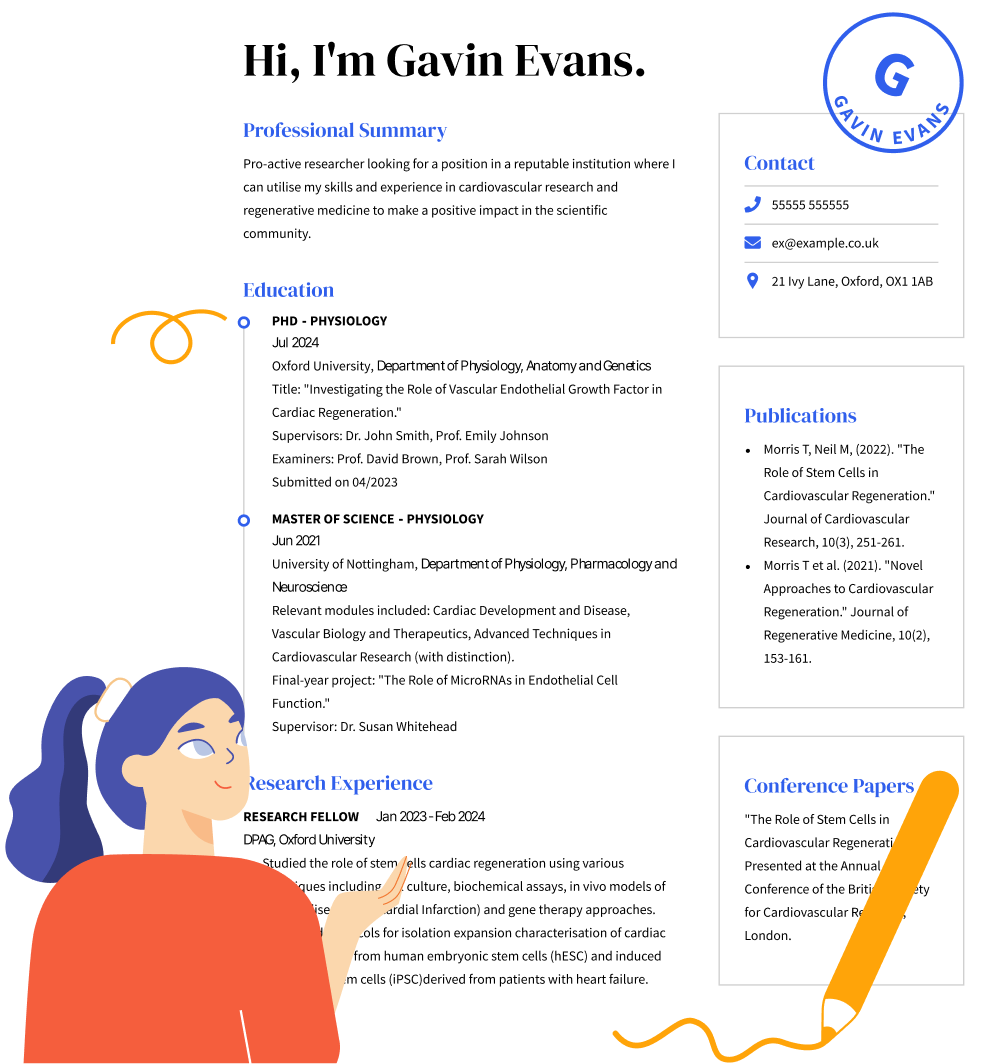
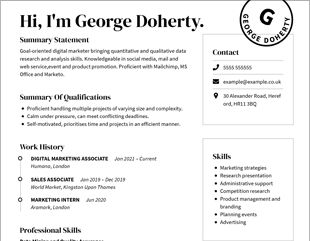
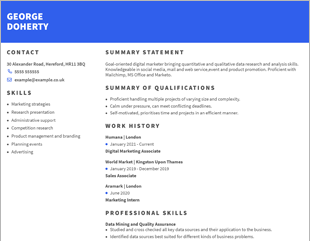
OUR USERS HAVE BEEN HIRED BY
A professional art teacher works in a school, privately or in an art centre and may be an expert in various areas, including ceramics, oil painting, watercolour, photography and much more. In addition to the art forms they may work in, art teachers must also be able to keep class attendance records, facilitate discussions and advocate for the arts.
As such, an art teacher will need a perfect CV to showcase this varied skill set. If you are applying for an art teacher role, your CV should describe your art teacher skills, knowledge of art history, art education experience and teaching skills.
In this article, you’ll learn how to showcase these qualities to increase your chances of securing a new art teacher role.
The structure of your art teacher CV will depend on the CV format you choose. There are three main CV formats:
Once you select the CV format you want to use, you can start adding your information to the following CV sections:
A CV header contains your contact information. This is an important section and ensures hiring managers and recruiters can contact you to schedule an interview. Include your name, email address and phone number. If you have professional portfolio links, be sure to include them in this section.
A professional summary is a short two-to-three-sentence paragraph that summarises your skills and experience. You should include important skills gained through work experience and your most notable achievements. The professional summary is designed to catch the recruiter’s attention and encourage them to continue reading.
If you don’t have much experience, you can use a career objective. This is similar in length to a professional summary but instead, it focuses on your career goals. You can explain how the role aligns with your career development plan and why your skills and knowledge compensate for a lack of experience.
If you’re a recent graduate or choose a functional CV format, your skills section may be the most important section of your CV. Your CV skills section should contain a mixture of hard and soft skills.
Hard skills are those you’ve attended school to learn or gained through work experiences, such as classroom management and curriculum development. Soft skills are transferable to any job you work in, such as interpersonal and communication skills.
Consider this bullet point list of common hard and soft skills for an art teacher that you may include on your CV:
If you have lots of experience as an art teacher and choose a chronological CV format, your work history section might be the most important part of your CV. You should list your experience in reverse-chronological order, starting from your most recent job. This ensures you provide the most up-to-date information about your teaching skills.
You should also provide brief bullet points that summarise your key duties while teaching art classes. Include brief examples that show the skills you listed in your skills section in action (e.g., “Developed art education programme for elementary school students”).
You may require a degree (SCQF Level 9-10) in art and design, as well as a Professional Graduate Diploma (SCQF 11) in Education. You may also need additional training and certification to become a certified teacher in your school district. This ensures you have the core competencies to manage classrooms, teach art history and more.
When listing your degrees and certifications, be sure to include the name of the institution that granted the degree and the name of the credential and certification.
Here are some do’s and don’ts for an art teacher CV:
A cover letter is an important part of your application. This is an opportunity to go into greater depth about your skills and experience. You can also explain specific examples from your teacher training that support your skills. For instance, you can provide examples of your experience in classroom management to show that you can perform the job.
Alternatively, if you have recently graduated, you can use your cover letter to explain why your skills and teacher training makes you the right match for the job.
You can still create an impressive CV if you don’t have lots of experience. Instead, you should focus on transferable skills and explain why your art history knowledge compensates for a lack of experience. You can also add a career objective that spells out your goals and how they apply to the job for which you’re applying.
All successful CVs need to be customised for each application. Carefully read the job description to select the most important key phrases and terms that describe the role (e.g., “lesson plan management”). Then use these keywords in your CV where appropriate (e.g., in your skills section). This will show recruiters that you have the skills they are looking for and increase your chances of success in landing the job.
We personalize your experience.
We use cookies in our website to ensure we give you the best experience, get to know our users and deliver better marketing. For this purpose, we may share the information collected with third parties. By clicking “Allow cookies” you give us your consent to use all cookies. If you prefer to manage your cookies click on the “Manage cookies” link below.